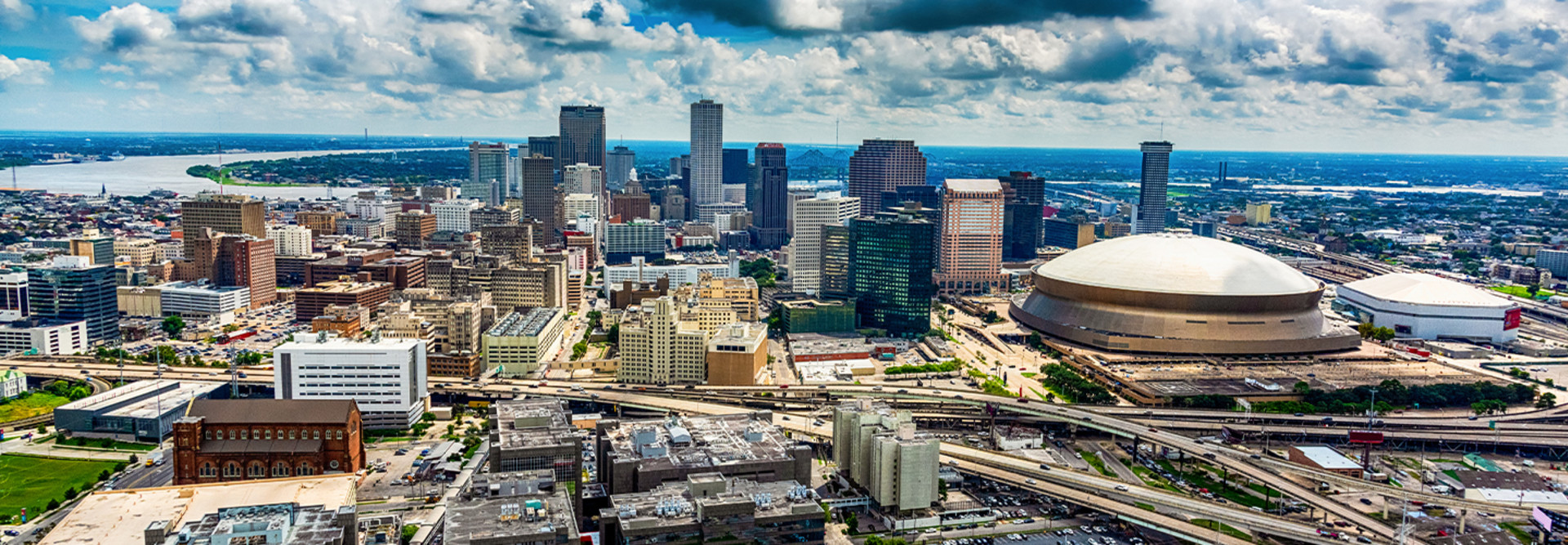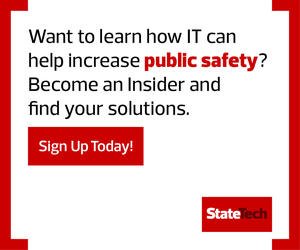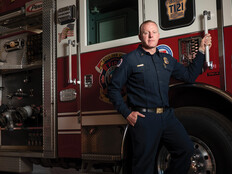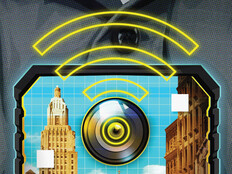Disaster and Disease Strained Old 911 Call Center Operations
It hasn’t been an easy couple of years for the Big Easy. In recent times, eight hurricanes have hit the city, the American COVID-19 pandemic was jump-started during Mardi Gras 2020 and the Hard Rock Hotel collapsed downtown. Add to that a spike in violent crime, and Morris has had his hands full.
The old-fashioned 911 phone system sagged under the load, and public safety departments aren’t known for being cutting-edge when it comes to technology.
“If you came to me and said, ‘Put computer-aided dispatch in the cloud,’ I would’ve told you that you were nuts,” Morris said at the summit last month. “But we now have been forced into this new space, where we have no choice but to expand our boundaries.” His agency is transitioning from 50-year-old legacy infrastructure to IP-based call routing this summer.
EXPLORE: How will public safety be affected by the 3G sunset?
It’s not a minute too soon.
Last year, Hurricane Ida hit New Orleans directly with Category 4 winds. Luckily, the city did not flood, but the power failed and 911 crashed for 13 hours as post-storm temperatures baked the town.
“We had no water, and you had record-breaking heat. We literally were finding dead bodies in beds because people chose not to evacuate,” Morris said. “I had no choice but to catapult my infrastructure to a place that’s much more resilient. And we only do that with partners like AWS.”
Administrative and Technical Capabilities Enhance 911 Service
Morris is in a unique position: Unlike most 911 departments, his isn’t subordinate to other public safety agencies in the city.
“I’m the same rank as my police chief, fire chief, EMS chief, and we all collectively report to the mayor of the city of New Orleans,” Morris said. “We get to be the conductors of the public safety orchestra.” That means working collaboratively and putting puzzle pieces together in an emergency.
“This is why it’s super important that we understand the data we have available to us. We have to ensure that our teams are armed with the best tools possible to make those quick incident-command decisions,” Morris said.
READ MORE: How modern technology is helping contain fires and keep emergency personnel safe.
Morris says the first 60 seconds of a 911 call shape the actions that follow. “I call it blind trauma,” said Morris. “A 911 call taker, in most places, doesn’t get an opportunity to prepare for what they are about to encounter.”
One of his operators witnessed a murder live on a citizen’s Ring camera. “But because of that Ring video, that was the only reason why we quickly were able to apprehend the suspect and make and arrest,” Morris said. “None of my staff had been trained or psychologically” prepared to handle it.
“When you choose this profession, you know your duty is to help complete strangers,” he said. “Every contact you make could potentially save a life.”











